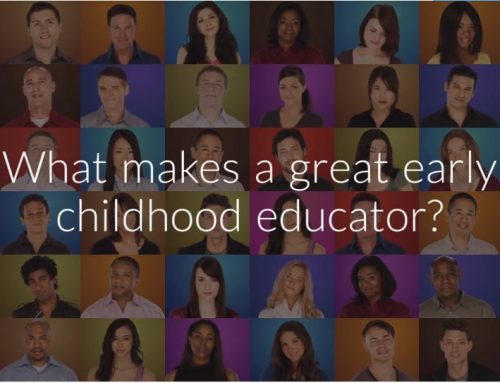 Effective communication with families can be difficult during the day to day operation of any service. It is difficult to reach every parent personally so a number of communication methods should ensure that important messages are received and access to relevant information is available to everyone.
Effective communication with families can be difficult during the day to day operation of any service. It is difficult to reach every parent personally so a number of communication methods should ensure that important messages are received and access to relevant information is available to everyone.
Implementing the ideas below, within your service, will contribute to meeting some obligations in NQS Quality Area 6.
Website.
Many OSHC services have a web page which is part of the school website. Other smaller services, or family day care may not have one at all and rely on a child care directory for their web presence. These are not very useful in communication strategies as they are difficult to maintain and are often limited in the information that can be conveyed.
An up-to-date website, for your service, can provide a wealth of information and enhance communication practices in a time efficient manner. A website can enable parents to access information about your service at any time. It can be used to provide contact information, links to important documentation such as a service handbook or QIP and also promote activities and events being held within your service.
6.1.3 Current information about the service is available to families.
A ‘links’ page can inform parents of local community groups and organisations your service has association with. This can be used to enable parents access support services where needed which are connected with your service.
6.3.1 Links with relevant community and support agencies are established and maintained.
Short articles or blurbs about local sporting clubs and association can be used as endorsements for these selected organisations. These articles can be used to show evidence of a services active involvement in their community and to show further evidence of their commitment to providing support to their families.
6.2.2 Current information is available to families about community services and resources to support parenting and family wellbeing.
Social Media
Like it or loath it social media platforms such as Facebook and Twitter are engaged with by the majority of parenting households. Having a Facebook or Twitter account does not need to be onerous or time consuming. In fact you will probably be able to find a volunteer in your parent community to set up and manage a page on either of these services. Issues around privacy would need to be addressed with the parent body but different security levels may be employed to allow this medium to be an effective communication tool for your service. The added benefit of a Facebook page is that interaction with your community can be measured in the metrics that are available for administrators of a page. This provides more evidence as to a services commitment to sharing and updating information within their community.
Notice boards
The good old notice board or messages book, located in a conspicuous area (sign in or sign out area) within your service can convey a huge amount of information. The trick is to keep the relevant information as a point of focus and to keep it fresh. If the information displayed on the board is cluttered the message may get lost and that is not effective communication.
e-Newsletter
Once upon a time a paper newsletter was able to convey a lot of information to everyone who received one, however, it was never easy to tell who received them and if any of that information was acted on. Now there is an alternative which is better able to disseminate information in a timely, cost effective and environmentally friendly manner.
3.3.1 Sustainable practices are embedded in service operations.
By signing up to a bulk email provider such as MailChimp it is really easy to send out hundreds of emails with all your service information included. Statistics from each mail campaign can then be reviewed to see how many of your emails were read, trashed or not delivered. Best of all it is free if you stay within the delivery or mailing list limits.
online Documentation
An online documentation system such as oneChild has a strong emphasis on communication with families. Utilising the feature of sharing an observation about a child with the parents, creates an opportunity for dialogue between parents and educators via the comments section. The information received from parents may offer opportunity to further guide the education and learning opportunities for a child. This system of communication is very effective as it is relevant and engaging to parents because of the personal nature of the interaction. After all, it is about their child.









Leave A Comment